The Free School (University of Delaware) was founded
In 1743, the University of Delaware traces its roots to the Free School founded in New London, Pennsylvania…
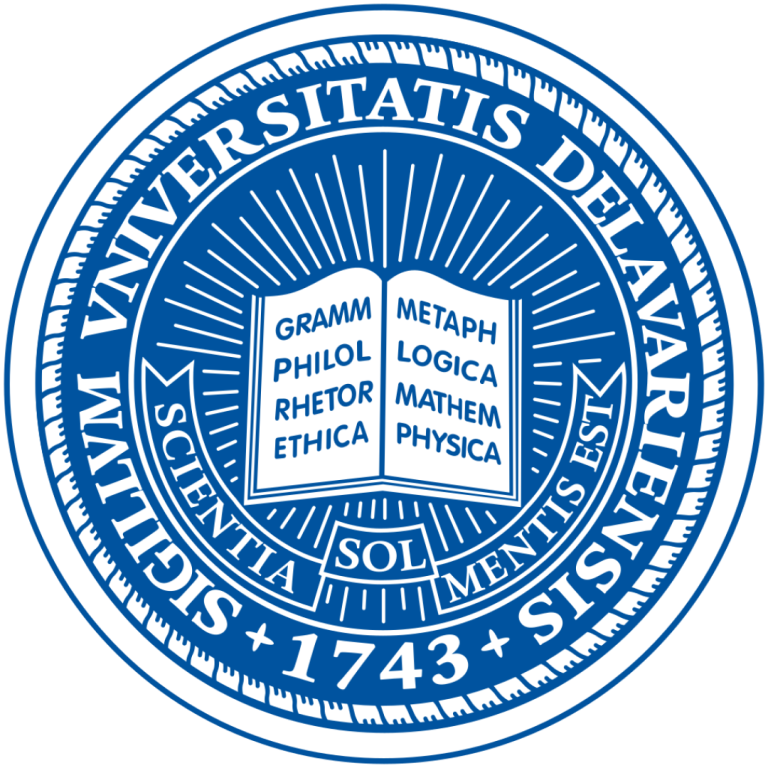
In 1743, the University of Delaware traces its roots to the Free School founded in New London, Pennsylvania…

In 1741, The first legislation for health surveillance was enacted in the American colony of Rhode Island. The…
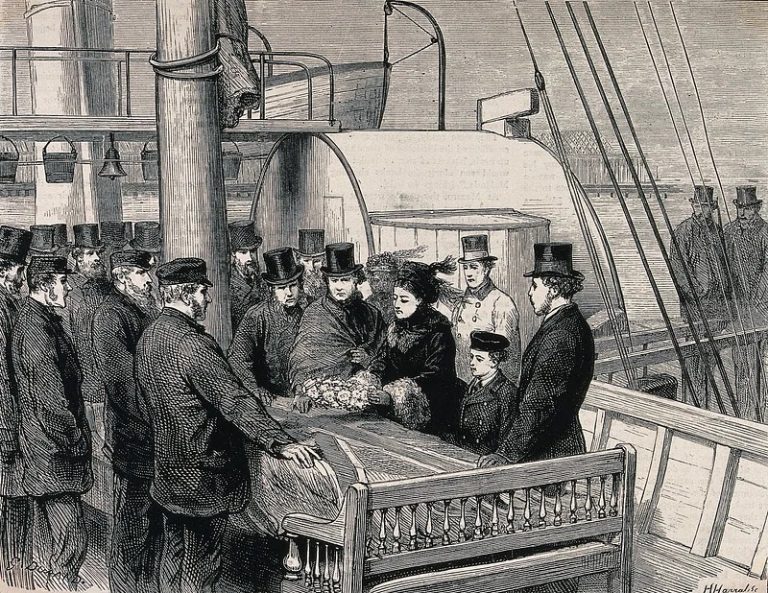
In 1738, the New York City Council established a quarantine anchorage off Bedloe’s Island, now home to the…
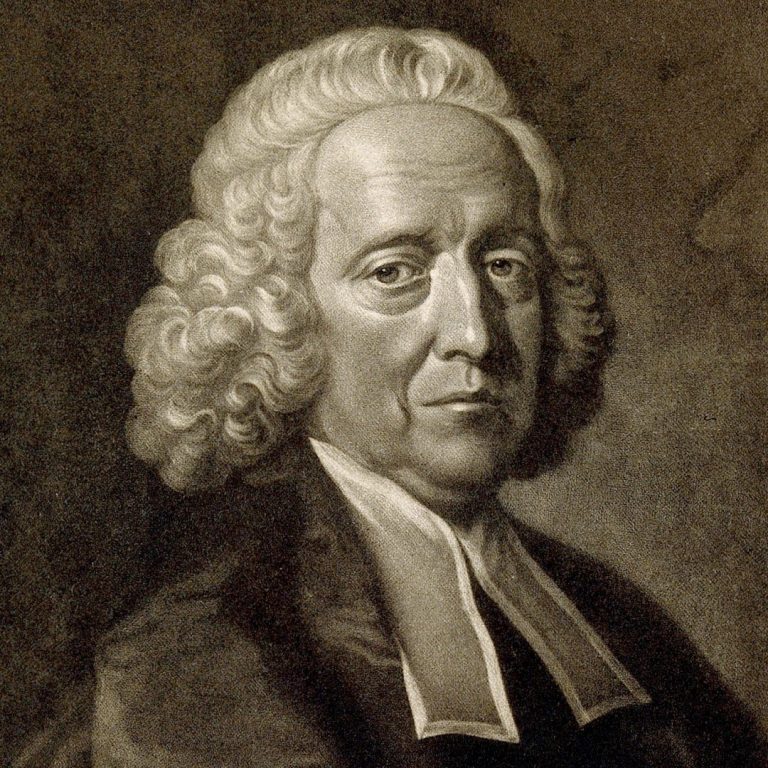
In 1727, Stephen Hales first measured the blood pressure in a horse. Hale continued his studies on cardiac…

In 1723, Yale College awarded an honorary degree, the first medical degree given by an American university to…
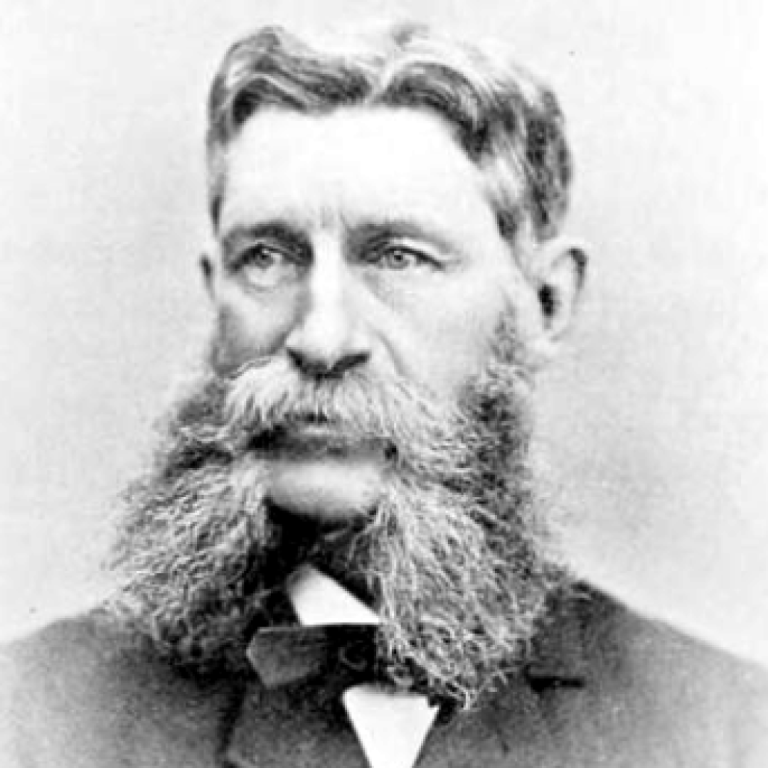
On Jun. 26, 1721, smallpox broke out in Boston, threatening to devastate the City. Zabdiel Boylston Adams, a…
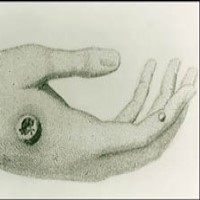
In 1721, the first vaccine in the U.S. was introduced by an enslaved African named Onesimus who brought…

In 1721, variolation was introduced to Great Britain. In 1840, the British government passed the Vaccination Act that…

On May 25, 1720, the Great Plague of Marseille began with the arrival of the Grand St Antoine…

In 1701, Yale University was founded as the Collegiate School in the home of Abraham Pierson, its first…
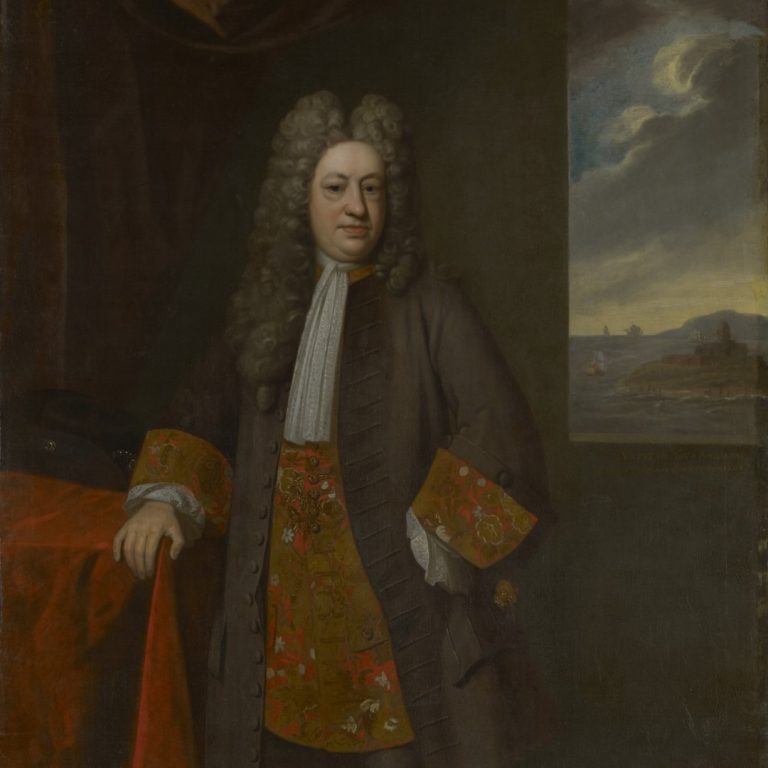
In 1718, the Collegiate School (Yale University) was renamed Yale College in recognition of Elihu Yale’s donation of…
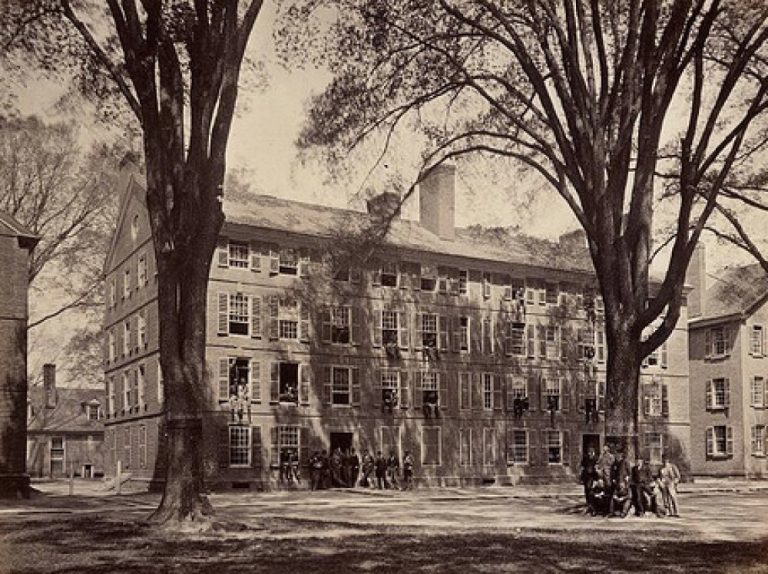
In 1716, the Collegiate School moved to New Haven. Yale University was founded in 1701 as the Collegiate…
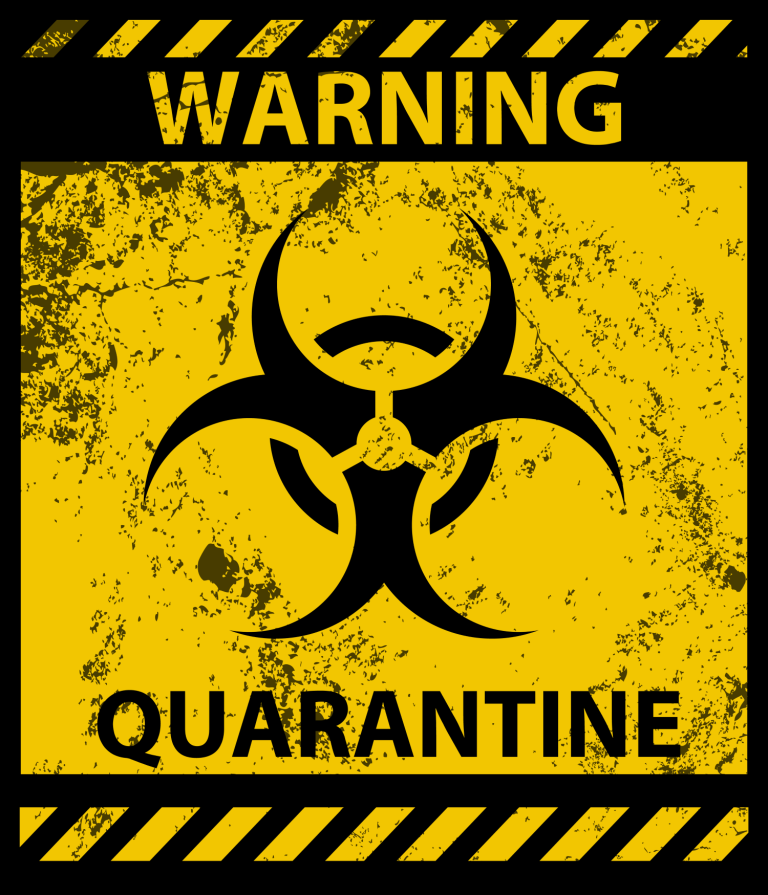
In 1712, a plague epidemic around the Baltic Sea led England to pass the Quarantine Act that required…
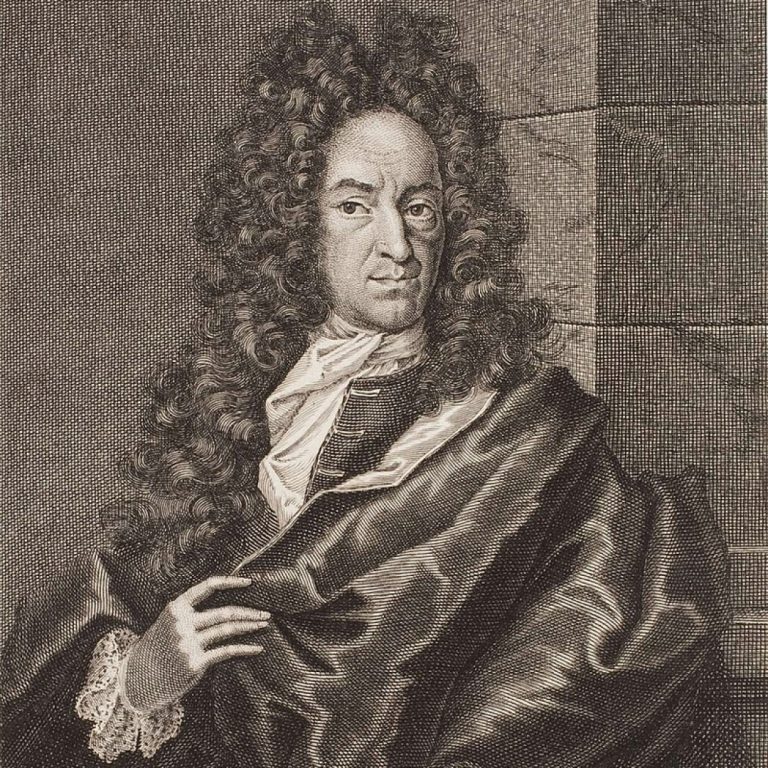
In 1697, the term Zymotechnia “Zymotechnology” (Greek: Zyme “leven”) coined by Prussian Court physician Georg Ernst Stahl in…

In 1697, a Massachusetts statute stipulated that all individuals suffering from plague, smallpox, and other infectious diseases must…
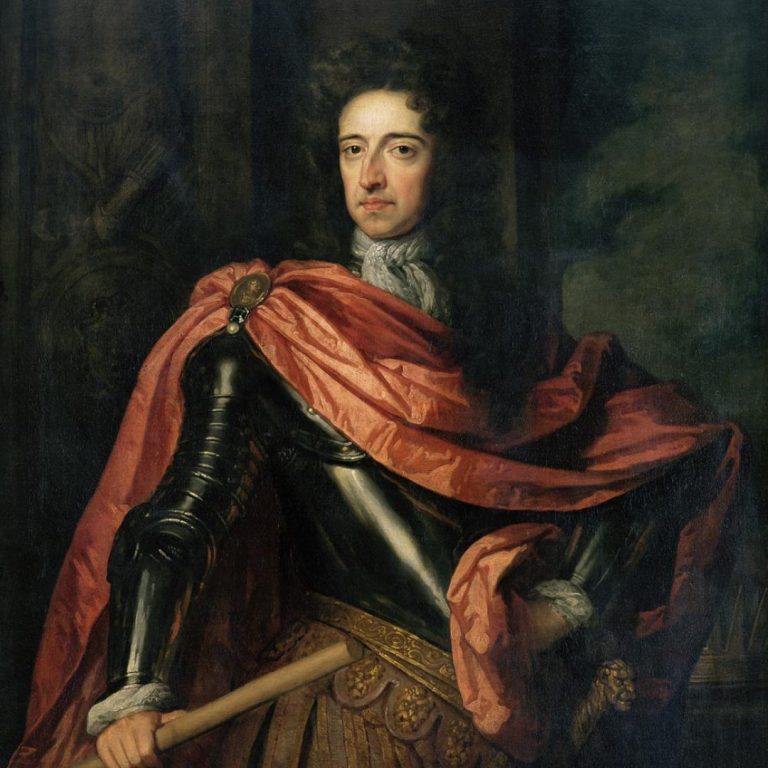
On Feb. 8, 1693, The College of William and Mary was founded by a Royal Charter issued by…

On Sept. 17, 1683, Antonie van Leeuwenhoek, known as “the Father of Microbiology” wrote to the Royal Society…
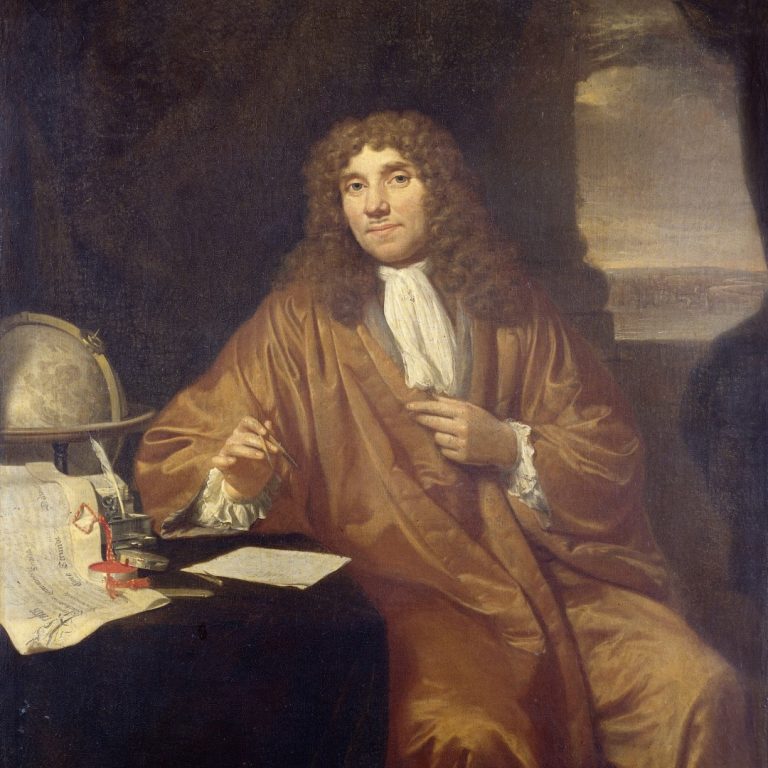
On Oct. 9, 1674, Antonie van Leeuwenhoek reported the the discovery of bacteria in a 72 word letter…

On Jun. 15, 1667, the first successful blood transfusions from sheep to humans were reported separately by Jean-Baptiste…
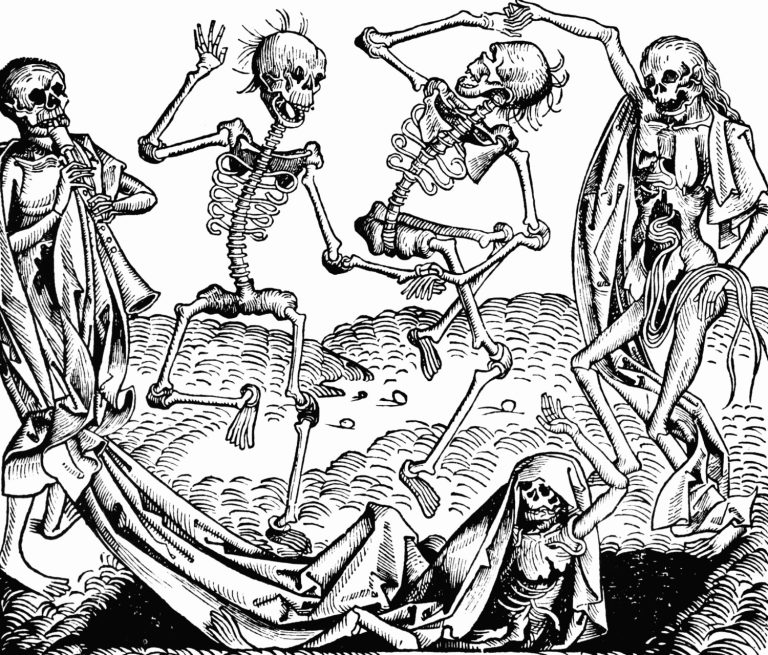
In 1666, the city of Frankfurt, Germany issued a decree prohibiting people living in plague-infected houses from visiting…
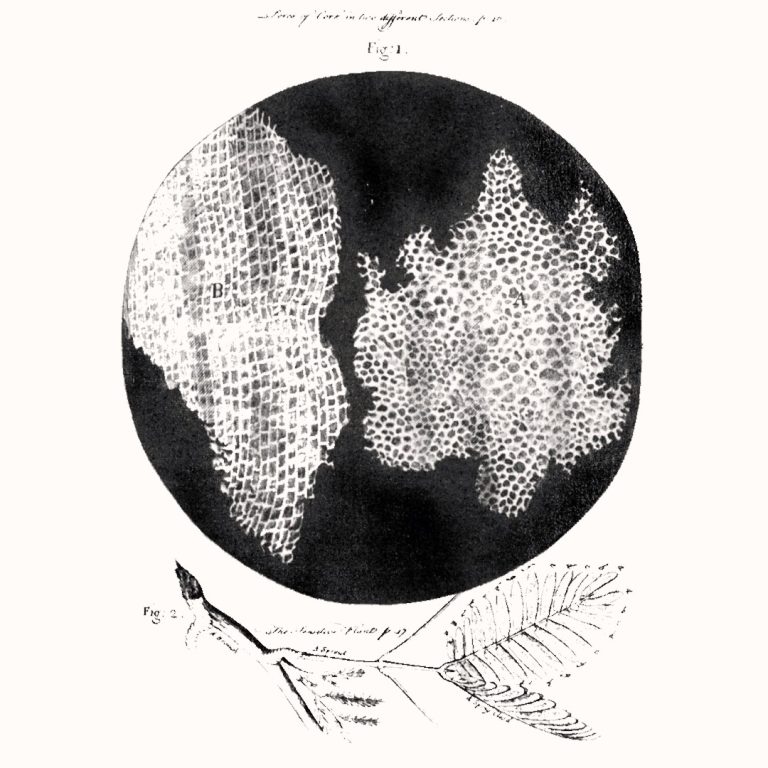
In 1665, Robert Hooke published Micrographia that described cells – viewed in sections of cork – for the…

In 1665, Physician Richard Lower performed the first successful blood transfusion in a dog, using blood from other…
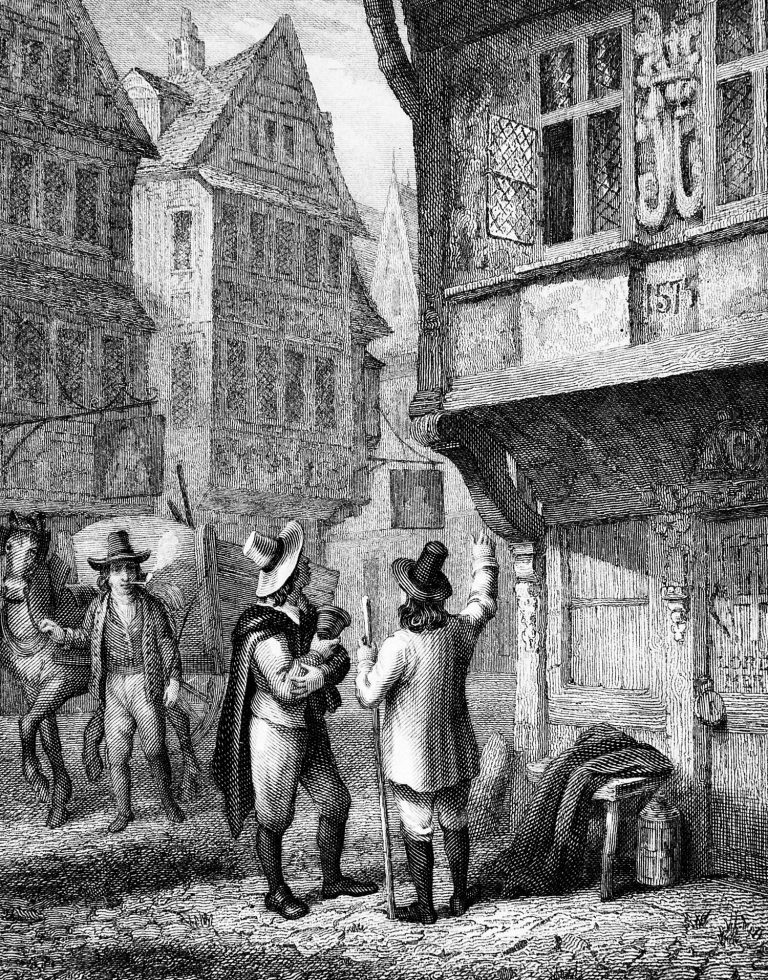
In 1665 a tailor from Eyam ordered a box of materials relating to his trade from London, that…
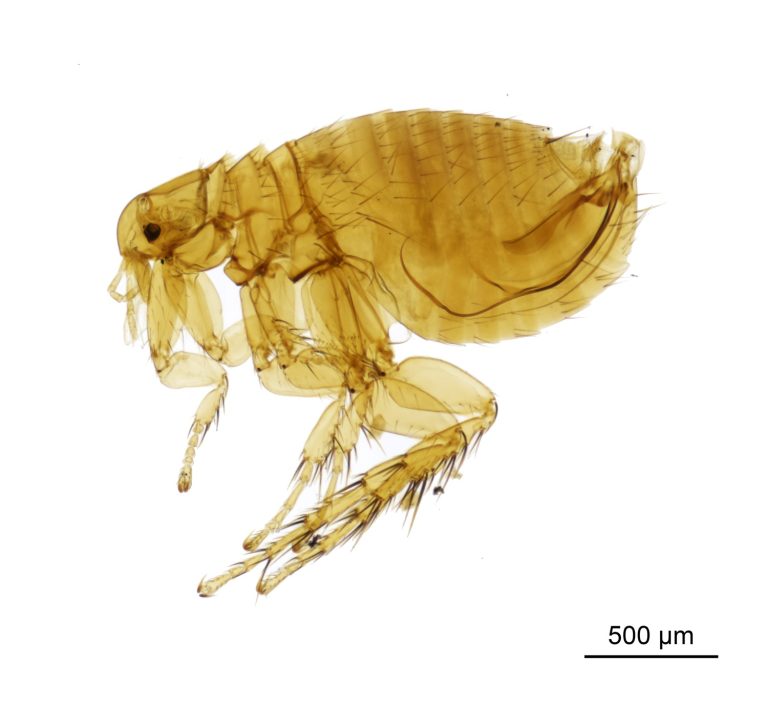
In 1664, Russia officials organized quarantines to prevent the spread of the plague and prohibited entry into Moscow…

In 1663, the English monarchy issued royal decrees calling for the establishment of permanent quarantines for people infected…

In 1663, the English enacted a quarantine on all ships bound for London requiring each to pause at…
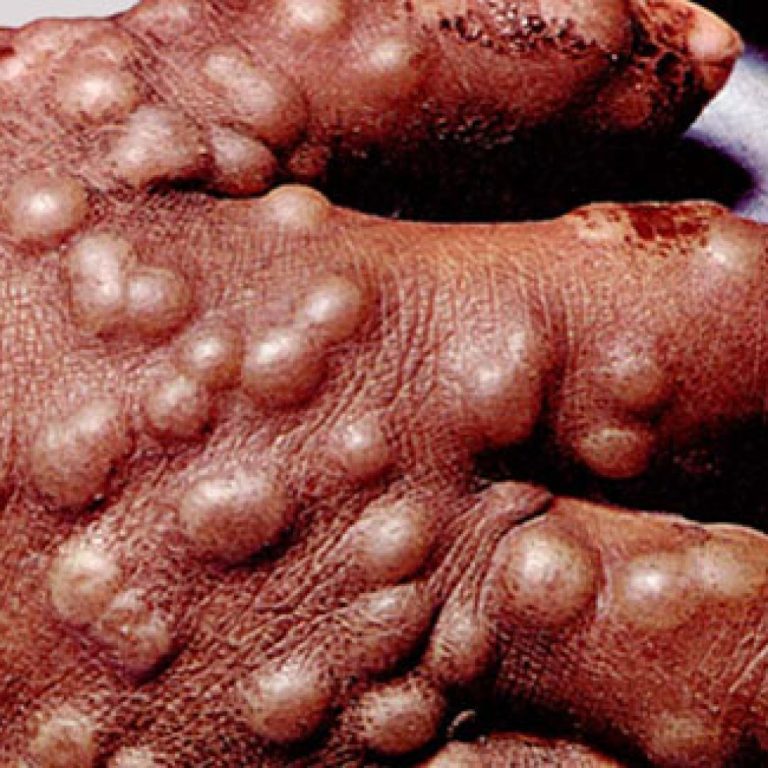
In 1663, during a smallpox epidemic in New York City, the General Assembly passed a law forbidding people…
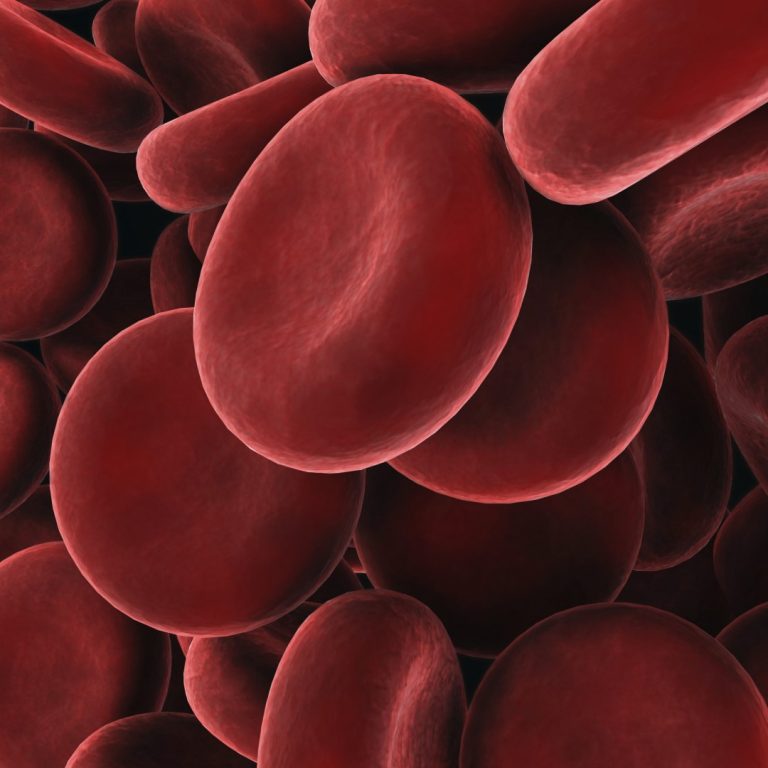
In 1658, Microscopist Jan Swammerdam observed and described red blood cells.

In 1656, after a plague epidemic kills 100,000 people in Naples, Rome began inspecting all incoming ships and…

In 1647, Boston officials enacted an ordinance requiring all arriving ships to stop at the harbor entrance or…